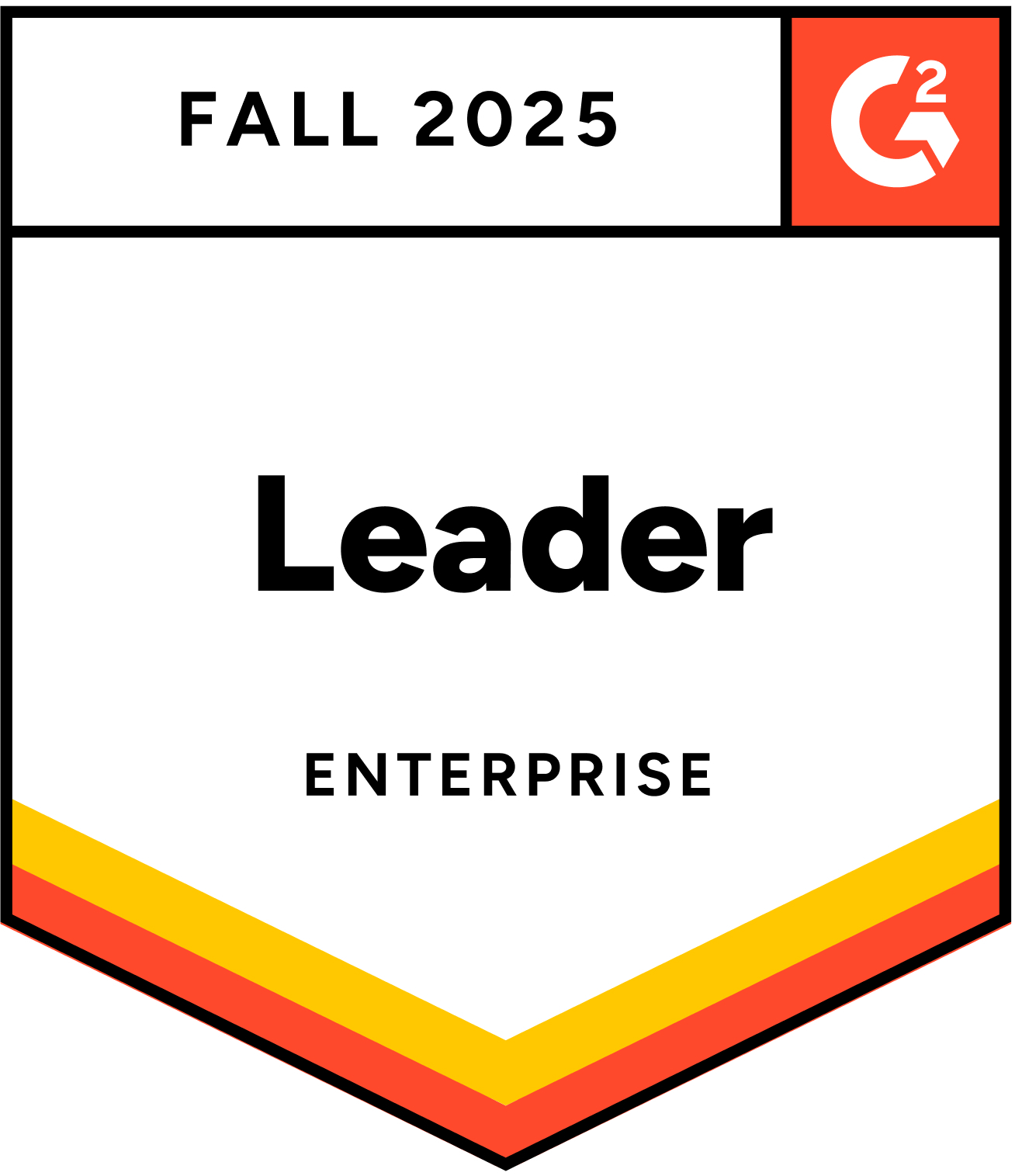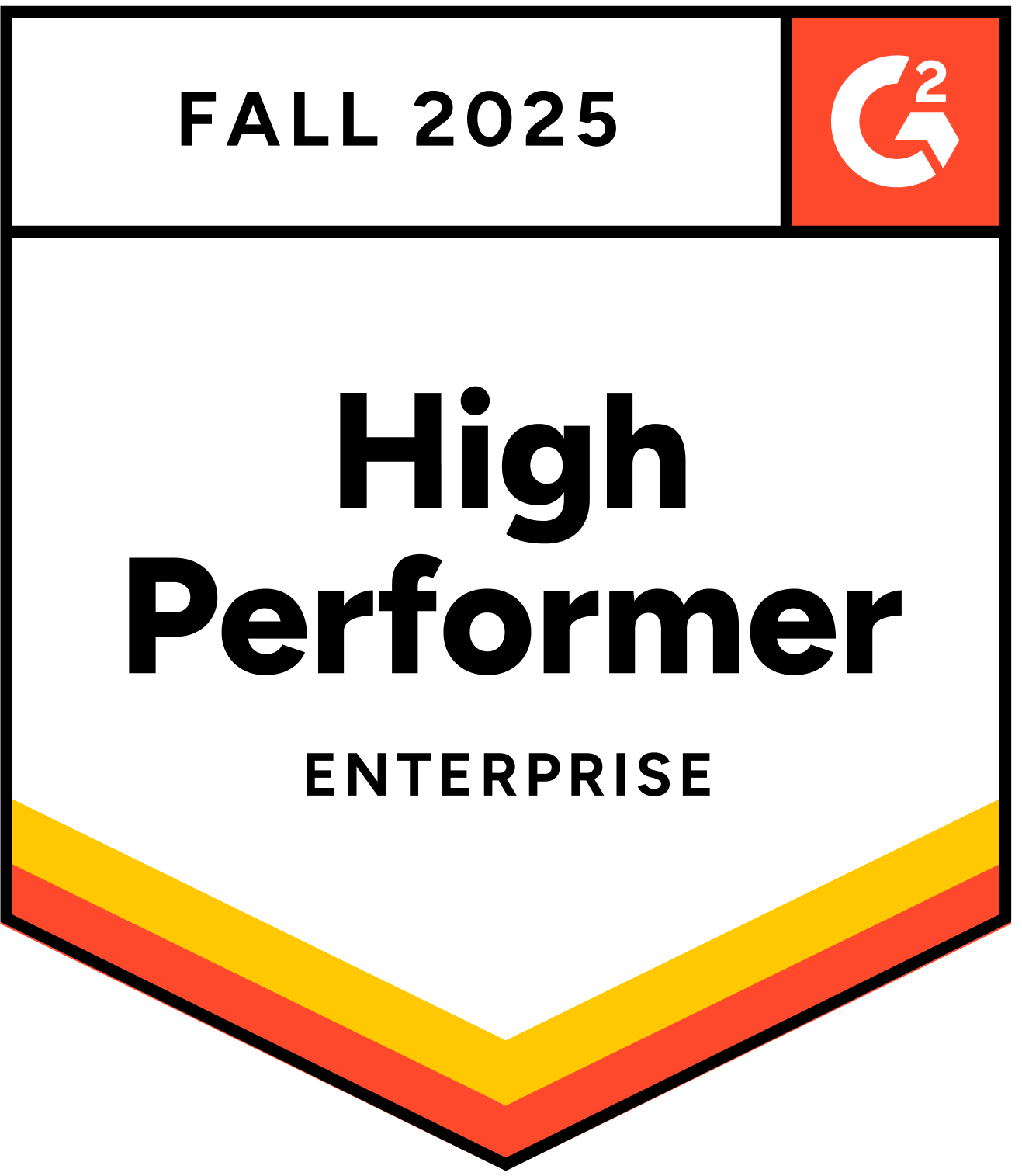Introduction
Welcome to Hire We Go!, the show where we get to the heart of what’s happening in talent acquisition. We’re diving into the strategies and solutions that are transforming how companies find, attract, and engage with top talent. Today, your host Ashlie Collins, Director of Solutions at Joveo, is joined by a true expert in the field, Jim Durbin of Respondable Recruitment Marketing. We’ll be tackling one of the most pressing issues in modern hiring: the rising tide of AI-generated fake resumes and how to navigate it without sacrificing the candidate experience.
Ashlie Collins: Hello and welcome to Hire We Go!, where we’re chatting all things talent acquisition transformation. Whether you’re an HR vet or someone who’s simply fascinated by how to find, attract, and engage talent, you’re in the right place. I’m your host and director of solutions here at Joveo, Ashlie Collins, and joining us today is Jim Durbin of Respondable Recruitment Marketing.
And thank you so much for joining us. Why don’t you tell us a little bit more about yourself and Respondable?
Jim Durbin: Absolutely. So, Respondable is a recruitment marketing company. I consult with TA departments to help them solve the processes and kind of connect with vendors better. Because the issue is we have great technology, we have great programmatic, we’ve got employer brand, but how does that actually work with your recruiters? How does that actually push through your organization? So, my job is to make sure on the internal side that we’re taking all these great candidates, we’re converting them, we’re solving our tech problems, we’re fixing our stack. And that’s my goal is to improve the quality of our TA departments.
Ashlie Collins: Amazing. So in your opinion, what’s something that companies can do right now to adjust to the trend of AI generated fake resumes?
Jim Durbin: That is a big one. We were predicting this a couple of years ago. And what people don’t realize is it doesn’t have to be everybody. If just 5% of people are using fake resumes and they’re pushing out 500 or 1,000 on a quick apply, that’s over 50% of your total. Some people are reporting as many as 95% of the resumes when they’re not carefully curated. They’re not fake, but it’s just people click, click, clicking away because that’s what they’ve been taught to do. And in their minds, why not? Maybe a recruiter sees it.
So there’s three things that you have to start. The first is, is you have to understand the sources of your hires. If you’re working with a company that doesn’t have security to stop automation and you’re getting hundreds of emails and hundreds of applications, you’ve got to shut that off at the source. So you’ve got to talk to your vendors and make sure they’re not sending you 70, 80, 90% bad resumes. The second thing you have to do is realize that the candidates, they’re not wrong for doing this. Sometimes they’re not fake resumes.
They’re just doing what we did. They put their resume into ChatGPT, had it rewritten according to the job description because that’s what we do. So you’ve got to figure out a way to talk to those people and uncover intent. Do they want to apply? Do they understand the job? The best way to do that is better job descriptions and better technology that talks to them and actually asks them questions and shares information about the company in job description before you even apply. The third thing is understanding it’s still about speed.
And so the problem with speed is everybody wants to go fast. I want a three-second apply. No, you don’t. You want to put more time and intent into your job search. So instead what you have to do is once somebody applies or hopefully even before you want to start a dialogue and questions back and forth. This is what chatbots are great for. In fact, that’s what’s working right now is putting something in that will talk to you and say, hey, this is the job. And it’s funny. We call this good friction right before they apply to go. Are you sure you want to apply?
Like, do they know why they’re applying? If you do this correctly, you then on the backside have to make sure you’re calling and talking to those candidates. So there’s nothing wrong with mass applying, but the key is let’s talk to people who want to talk to us, but we have to hold up our side of the end as well. We’ve got to learn to opt people in, to screen them in instead of screening them out.
Ashlie Collins: Yeah, absolutely. And I love that you’re speaking my language on the good friction. I call it positive friction, but something similar. And I think it really does boil down to it’s not about how much time you spend. It’s what that experience is like for you. And people will invest time in something that is valuable for them as much as it is valuable for you, versus just feeling interrogated with a bunch of…
Jim Durbin: That’s a really good point. Like I don’t want to do 45 minutes and fill out an application. That’s not true. If I told you I was paying you a million dollars to work an hour a week, you’d put 45 minutes into your application. If you thought it was reasonable, what they don’t want to do is fill out something and then instantly get rejected and have no clue of why. Because then it gets exhausting when they’re looking for a role. So a lot of it is what it’s not the time that’s spent. It’s the value of the time that’s spent.
And that’s where automation really can help, because it tells people where they stand in the process, what they’re doing right, what they’re doing wrong. Without an hour-long feedback call, they need to know, what do I need to do to be successful, because that’s why they’re ultimately applying.
Ashlie Collins: Awesome. Love that. And my final question for you today, if you had a magic wand, what would you change about talent sourcing in 2025?
Jim Durbin: I don’t know if it’s magic. I do know it’s from Joveo. So a little product placement for you on your own thing. I think actually the biggest thing that I would do is I would change the way that we rate sourcing and advertising. So I’m on the advertising side primarily, although I came out from sourcing and recruiting and CPA, CPQA is very clear to us. It’s the money spent by the applications. There’s a bunch of equations you can use for that.
Ashlie Collins: It must be magic then.
Jim Durbin: We don’t do that the same for sourcing. So if I could change something in sourcing, it would be trying to figure out what’s the actual cost, what’s the value. I would track my sourcing as well as I track my advertising to figure out which is best used. So I know, hey, if I could actually look at the talent intelligence and go, there’s only 15 people in this market that’ll take this job, I don’t wanna use advertising, I wanna use sourcing, even if it costs me $600, because there’s only 1500 of them. So I would put more math into what we’re doing with sourcing so I can make a decision.
Instead of just going advertise and source and do everything, I would carefully pick which channel works best, because I know my own numbers. That’s what I do, is I bring more math efficiency to the sourcing department.
Ashlie Collins: Thank you so much for sharing your thoughts and insights with us. It’s been an absolute pleasure speaking with you and thank you all so much for joining us. Until next time!
Conclusion
And that’s a wrap on this episode of Hire We Go! The discussion today focused on the rise of AI-generated fake resumes and how companies can combat this with a strategy of good friction—creating a valuable and transparent application experience that encourages genuine candidates to engage. They also touched on the need for talent sourcing to be more data-driven, using metrics to determine the true value and cost of sourcing versus advertising. Thank you for tuning in and we’ll catch you next time on the next episode of Hire We Go!















